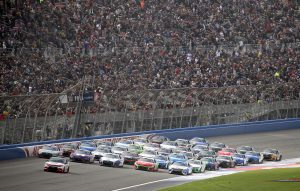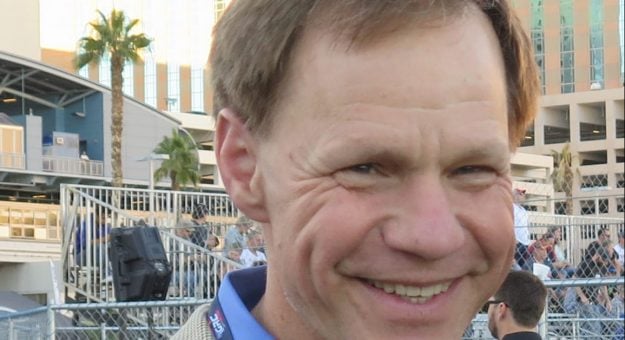As normalcy returned to the sports world following the 2020 shutdown due to COVID-19, the industry continued to evolve. The traditional business model needed to change.
In this month’s column, we will look at how the industry assessed its needs and what additional changes may be in store for the future.
Sports properties typically generate revenue from four general areas — attendance, media, concessions and other sources. Over time, dollars generated from ticket sales have decreased and broadcast dollars have risen. Not being in-person at a sporting event reflects changing consumer behavior and the availability of plentiful viewing options.
During the track-building boom of the 1990s, new venues were constructed and existing facilities were expanded across the country with an emphasis on new markets. This was a successful formula when grandstands were full, but over time interest waned.

Grandstand seating capacities of greater than 125,000 with 100 luxury suites around the track were no longer necessary. Television shots of empty sections of grandstands were not a good look and sponsor signage often covered empty seats.
Declines in attendance impact many parts of the sports facility ecosystem. Less of everything (seating, restrooms, concessions, parking, etc.) is required.
Tracks require big footprints To accommodate their racing surface, grandstands and infrastructure — a track may occupy between 500 and 1,000 acres.
Companies purchased as much land as possible to meet their current and future needs and also provide a buffer.
Race tracks are typically not highly utilized facilities at peak capacity. Two major weekends and few other big events might total 30 days a year. Overall, it does see smaller levels of activity (track rentals, manufacturer product testing, festivals, etc.) during the remainder of the track’s annual schedule. The goal is to monetize that property at the highest rate possible throughout the year.
Ancillary real-estate development has become a larger part of sports-related businesses. They do not have to share the revenue with other teams, leagues, etc. It is an income source that complements the primary sports and entertainment activity.
Motorsports has typically not been a large user of public funding for track development, with the industry traditionally relying on private financing. Owners have more reasons to think creatively and strategically while maximizing the financial yield produced from their facilities, inside and outside the racing surface.
Tracks with nearby developments that include hotels, retail and entertainment make them more attractive for events, conferences and vacations. This results in positive economic impact and marketing value. Prime examples are One Daytona and Hollywood Casino among others.
Change is part of the NASCAR playbook. This happened with the recent news concerning California’s Auto Club Speedway. The track, which is owned by NASCAR, will be reconfigured from its long-standing two-mile layout to a half-mile short track.
Originally built by Roger Penske in 1994 on the site of the former Kaiser Steel Mill for $80 million, the track was initially successful. Almost 30 years later, the demand for industrial warehouse space in the area is strong. Track officials announced they will be selling off the majority of the land for more than $550 million.
NASCAR executed a similar type of transaction at an undeveloped Staten Island parcel years ago and is evaluating similar alternatives at other existing motorsports facilities.
A key mantra in real estate is highest and best use. If its income-producing capability is for other purposes, consider the option. Racing is somewhat similar as participants are constantly trying to find different ways to go faster.
This story appeared in the March 22, 2023 edition of the SPEED SPORT Insider.

